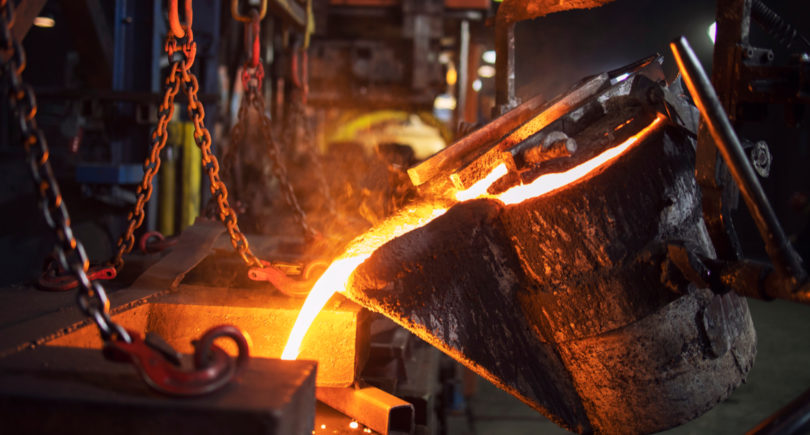
News Global Market EU 1024 17 March 2023
Compared to January 2022, industrial production in the Eurozone increased by 0.9%, and in the EU – by 1%
Seasonally adjusted industrial production in the Eurozone in January 2023 increased by 0.7% compared to the previous month, and in the EU – by 0.9%. This is evidenced by Eurostat data, informs SteelOrbis.
Compared to January 2022, industrial production in the Eurozone increased by 0.9%, in the EU – by 1%.
Among EU member states, the highest monthly increase in industrial production in January 2023 was recorded in Ireland (+9.3%), Sweden (+5%) and Romania (+2%).
On an annual basis, industrial production in January 2023 increased the most in Ireland (+19.5%), Denmark (14.2%) and Malta (12.4%). The largest decline in industrial production was observed in Lithuania (-12%), Latvia (-9.8%) and Slovakia (-8.6%).
Energy production in the Eurozone in January 2022 decreased by 0.8% m/m and by 7.6% y/y. In the European Union, the indicator remained at the level of December 2022, and decreased by 7.1% y/y.
The European Commission in its winter interim review improved the forecast of economic growth of the EU and the eurozone for 2023. The EU economy entered 2023 in better shape than expected last autumn and avoided a contraction in the fourth quarter of 2022. Currently, the growth rate based on the results of 2022 is estimated at 3.5% both in the EU and in the Eurozone.
As GMK Center reported earlier, electricity demand in the EU in December 2022-January 2023 decreased by approximately 5.4% compared to the average for this period in 2017-2022. Electricity consumption during December-January in 25 of the 27 EU members, excluding Cyprus and Malta, averaged 304.8 GW. This is lower than the 322.1 GW consumed on average during the same period in the past five years.




